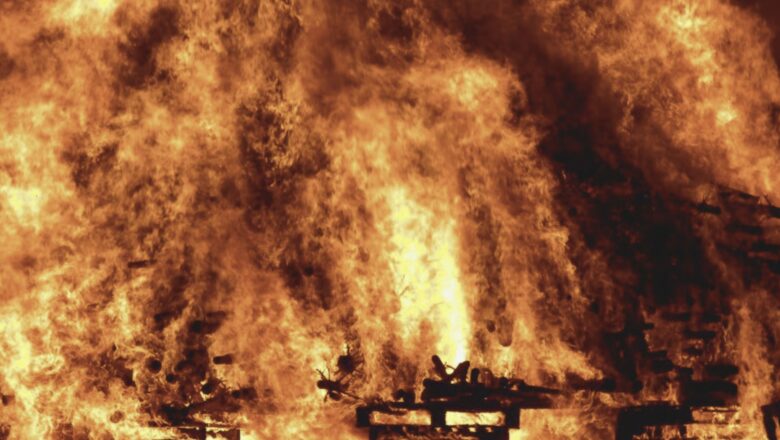
Deadly Threat Lingers as Rain Looms Over Los Angeles Wildfire Zones
While firefighters continue to battle wildfires in the Los Angeles area, another danger is fast approaching. Rain expected over the weekend of January 25–26 may help extinguish the flames, but it also carries the risk of triggering deadly debris flows in the burned hillsides. These fast-moving torrents of water, ash, and debris can wreak havoc, destroying homes, infrastructure, and lives in minutes.
The phenomenon is not new to California. In 2018, the hills above Montecito, scorched by the Thomas Fire, gave way during a storm, unleashing a devastating debris flow that killed 23 people and damaged over 400 homes. Similar events now threaten wildfire-affected areas near Los Angeles, where experts warn that the conditions for another disaster are already in place.
When wildfires scorch...








